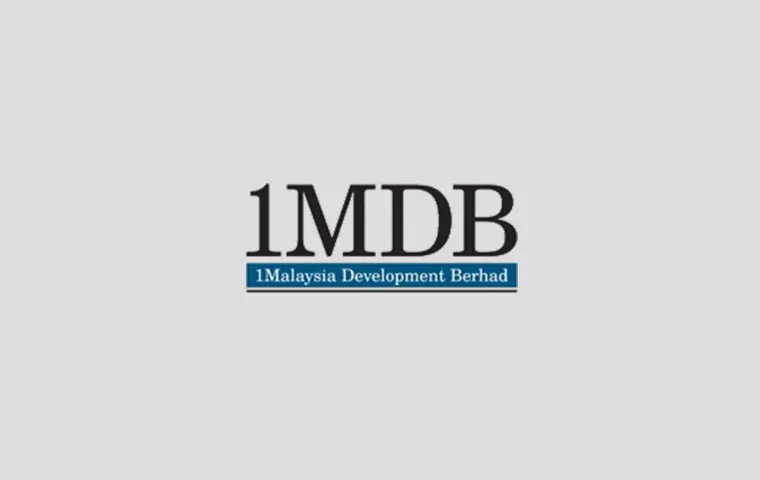
Bradley Hope on how accurate information is the best defence against detractors.
“The only way to survive the onslaught is to make sure you have accurate information. We spent weeks of extra work to confirm even a small fact. It felt over-the-top at the time, but in the end, it’s what made the whole project possible.”
What were the major findings of your story?
We helped uncover one of the biggest financial frauds and money laundering operations of the 21st century.
What impact did your story have?
Numerous indictments and convictions around the world; Goldman Sachs fined billions of dollars and other institutions faced serious penalties; Prime Minister of Malaysia was voted out of office.
Was your story based on another publication’s work?
On a Wall Street Journal series.
Did you receive any funding to do this story?
No.
How did the story start and how did your team decide on the first steps to take in working on this story?
It began with old-fashioned financial reporting on a troubled sovereign wealth fund of note in Asia. As sources emerged, the team realized there was something bigger and they were encouraged by editors to go deeper.
How long did it take to report, write and edit this story?
The main stories in the series ran from 2015-2018, but coverage continues to this day.
What challenges did your team face while working with sources?
Many sources faced physical and financial threats in Malaysia, so we had to carefully arrange communications and transmission of documents with them. The story led to new challenges all the time – legal threats, some physical threats to our team – so we had to constantly be changing tactics and pushing onwards.
What resources and tools did your team find useful? How did you organize your data and documents?
We used encrypted apps to communicate. Beyond that, we used IBM’s i2 to map relationships and money flows and other special software to sift through hundreds of thousands of e-mails on two separate leaked databases.
What other challenges or barriers did your team face while working on the story or series, and how did you overcome these challenges?
Legal threats were a constant issue, but thankfully the Wall Street Journal has the best 1st amendment lawyers in the business and they made the newspaper’s investigative reporting possible.
What advice would you give journalists working on similar investigations?
A big, sprawling investigation will have many phases, so never stop digging or looking for new sources. At some point, your initial sources will run out of information and you’ll find yourselves struggling to move forward. That’s why it’s so crucial to be always looking for new ways in, including the most unlikely ways.
Did your team face any pushback during or after the publication of this story? If so, how did you address this?
We faced massive pushback from the Malaysian government and private individuals mentioned in our coverage. The only way to survive the onslaught is to make sure you have accurate information. We spent weeks of extra work to confirm even a small fact. It felt over-the-top at the time, but in the end, it’s what made the whole project possible.
Did working on this story change your perspective as a journalist?
The 1MDB project changed our whole perspective on how the world really works and continues to inform all our work to this day.

